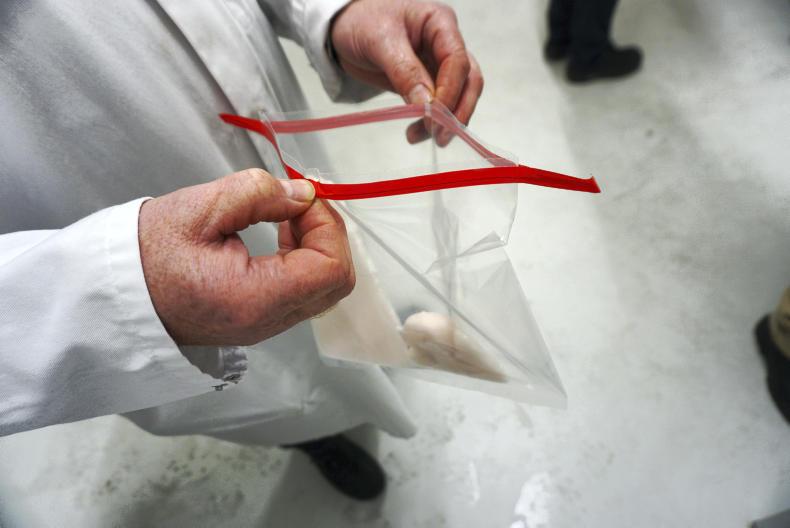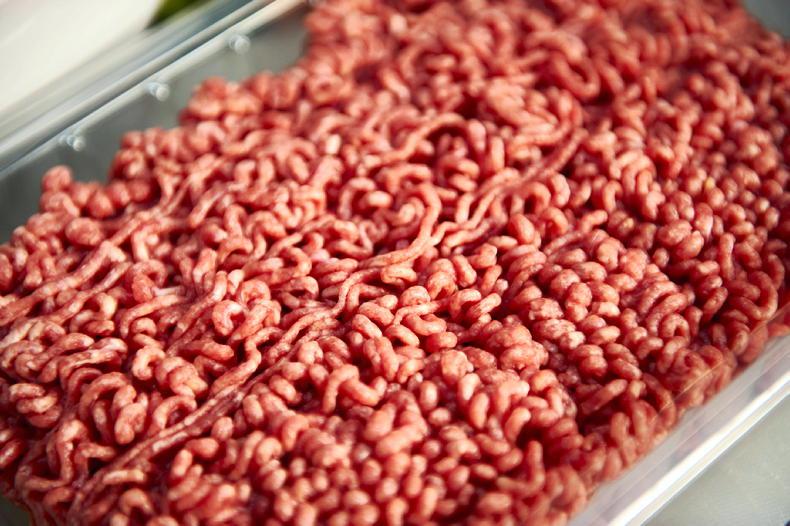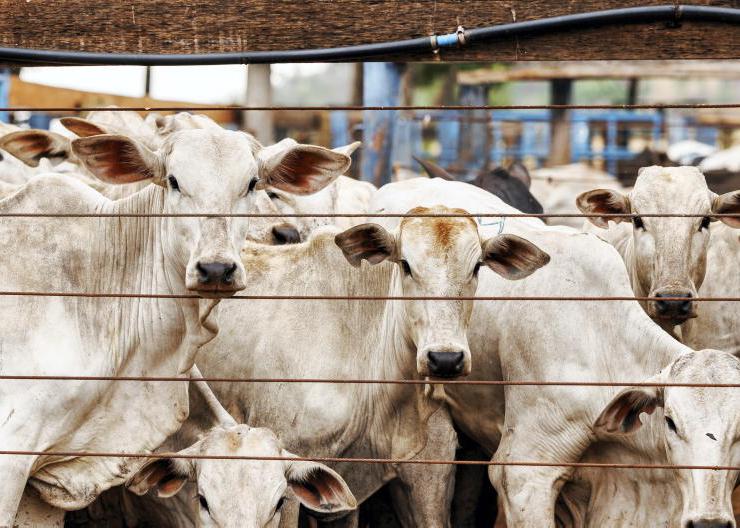There was a hike in food fraud cases across Europe in 2018, figures from the EU Food Fraud Network show.
Last year, 234 requests for help were made to the network, up 40% on the 167 cases reported the previous year.
Fish and fish products had the highest number of cases, followed by meat and meat products, excluding poultry, (41) and fats and oils (29).
In almost 42% of cases, the fraud involved the food being mislabelled.
Around 20% of cases involved missing, falsified or manipulated documentation, while another 19% involved food ingredients being replaced, missing or added where they should not be.
Within the meat category, the fraud involved missing, falsified or manipulated documentation in 39% of cases, while there was blatant mislabelling in 34% of cases.
Six food fraud calls for help were made from Ireland last year, while Germany reported 58 cases and France reported 32 cases. The report highlighted incidents involving canned tuna that was illegally treated with chemical substances to change its colour and fraudulently sold as fresh tuna. The scam was estimated to be worth over €200m annually.
Food fraud is estimated to cost the global food industry €30bn every year. But it can also cost lives.
In 1981, fraudulent rapeseed that was intended for industrial use led to between 370 and 835 deaths in Spain, while milk adulterated with melamine in China sickened more than 50,000 babies and killed six in 2008.
More recently, the 2013 horsemeat scandal discovered by Irish authorities resulted in tens of millions of food products being withdrawn and a complex international network of slaughterhouses, traders, processors and criminals exposed.










SHARING OPTIONS